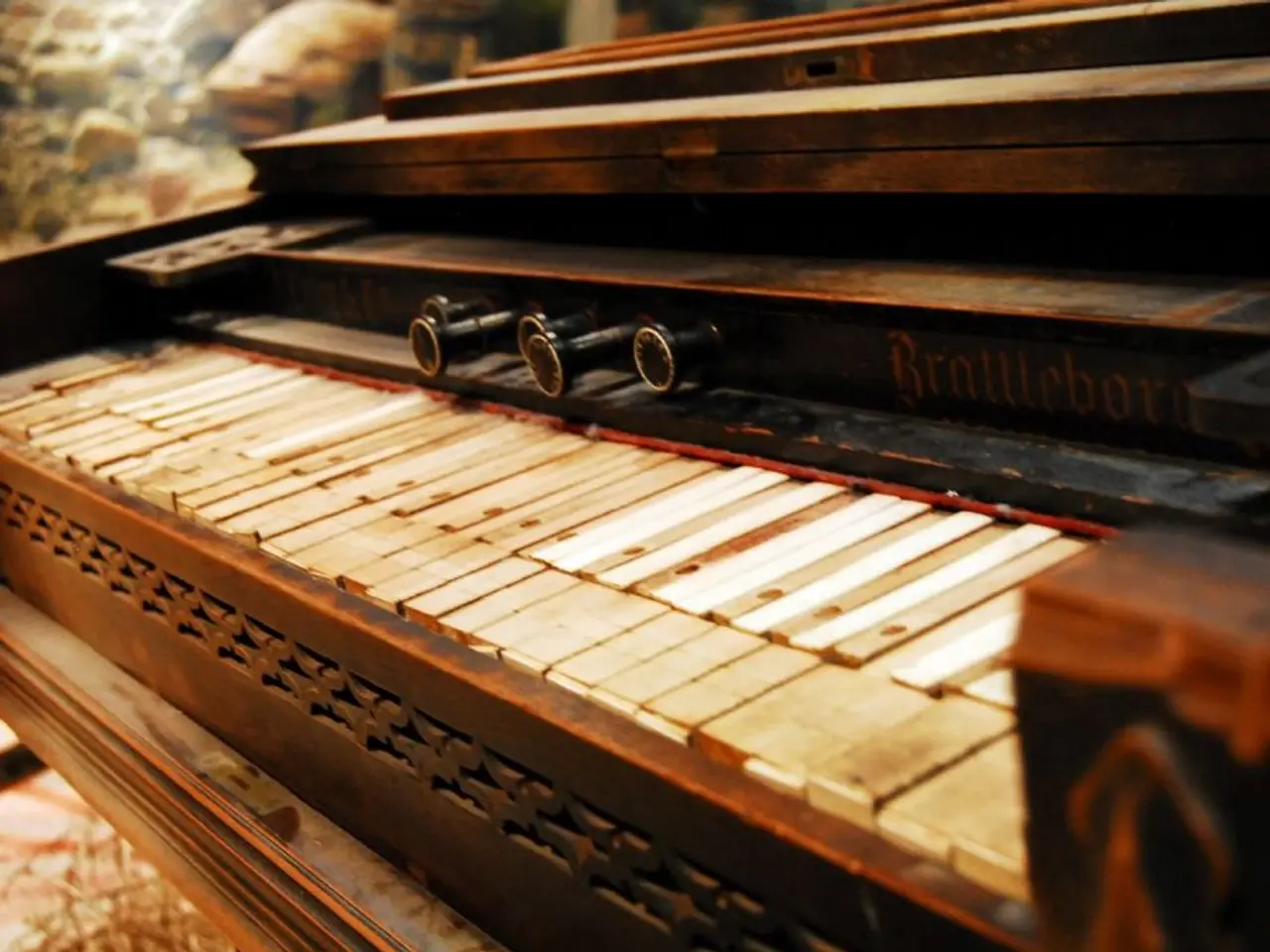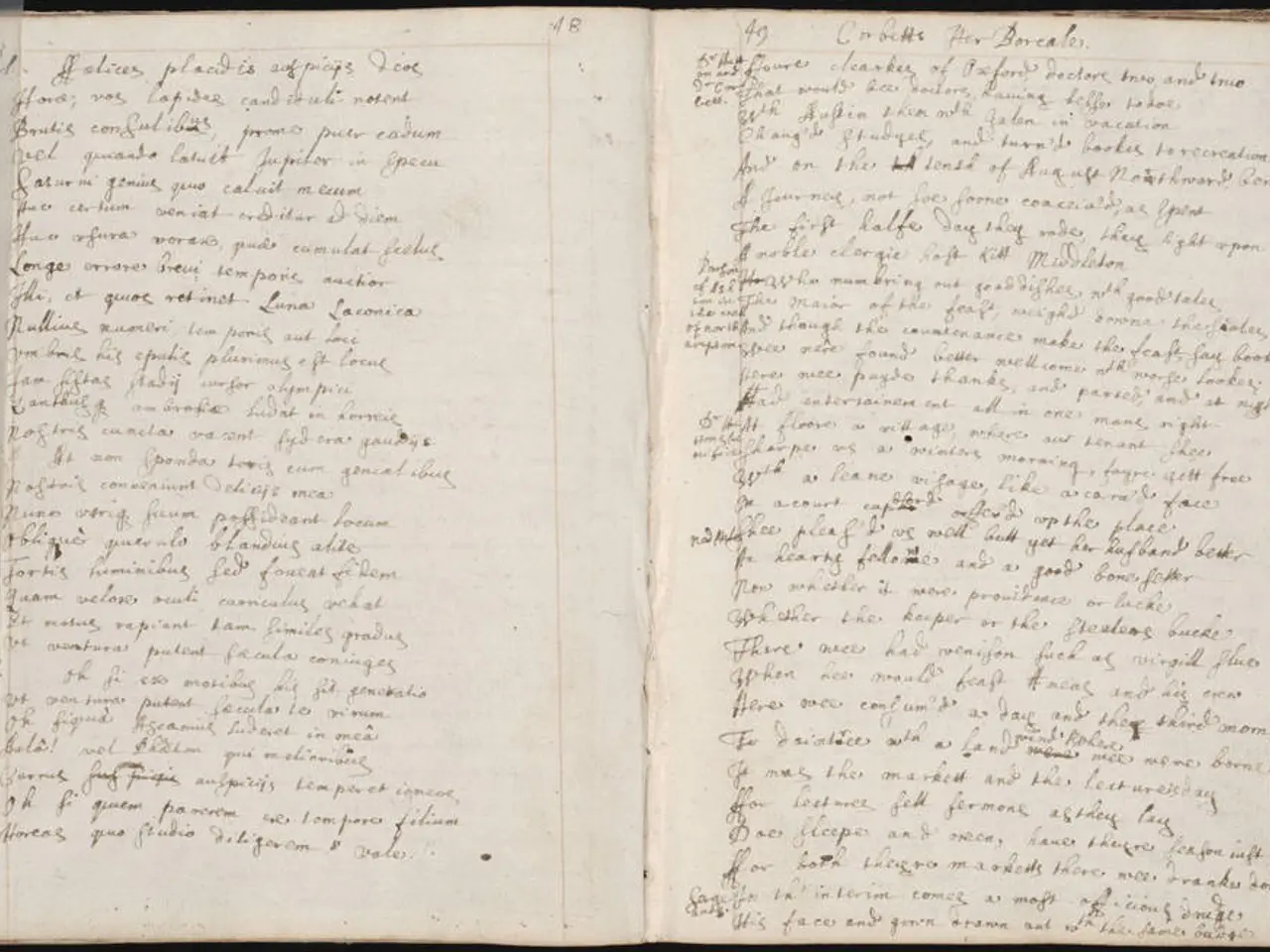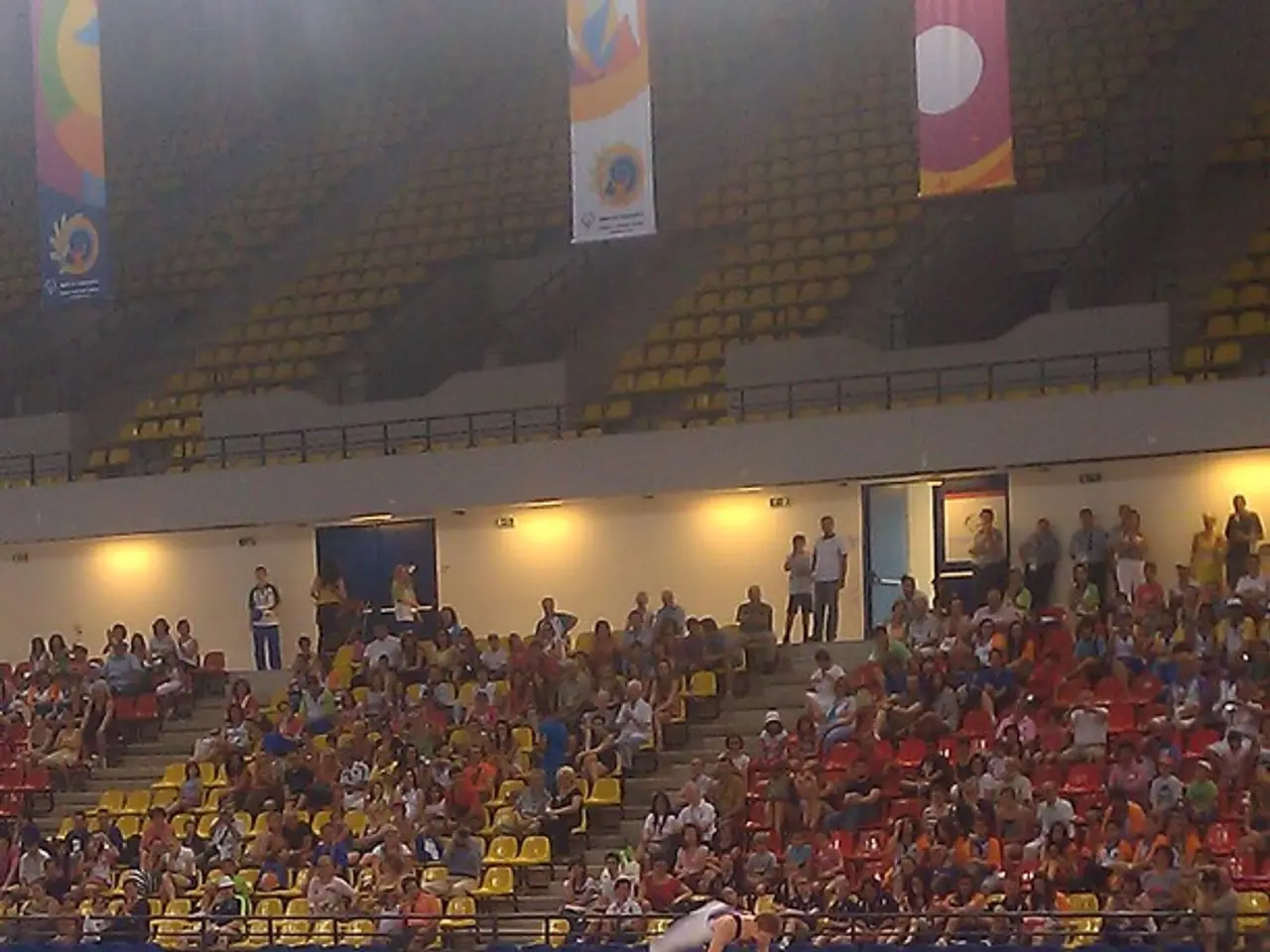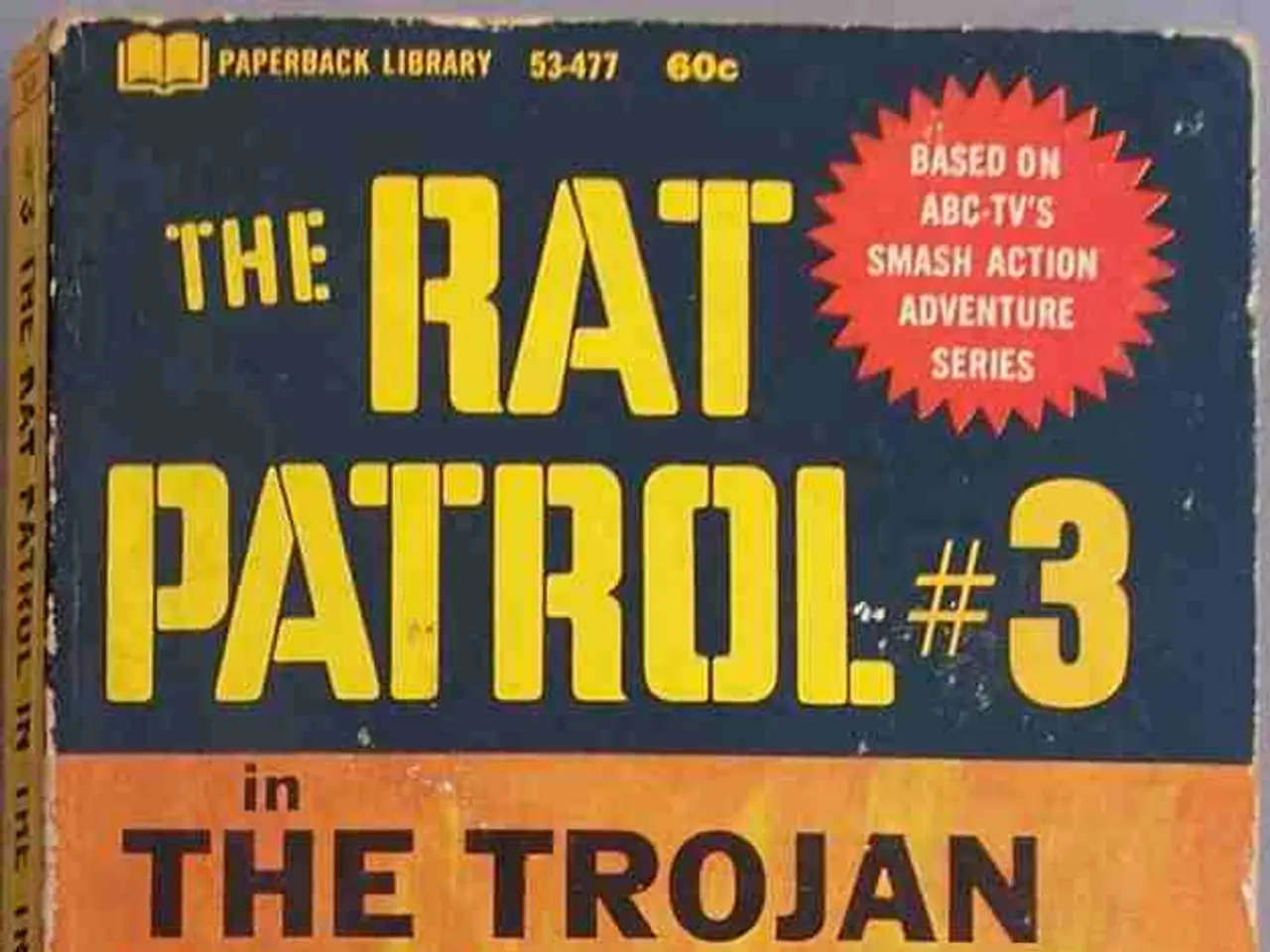Exploring the Scaramuzza Piano Method: My Personal Journey
==========================================================================================
In the world of piano playing, the Vincenzo Scaramuzza Technique stands out as a method that emphasizes a structured, natural, and expressive approach. This technique, broken down into four steps, offers several benefits to pianists, helping them build technical skill while promoting musicality, physical ease, and interpretive depth.
The journey begins with the first step: complete relaxation. It might seem counterintuitive, but learning to relax completely is challenging, as we are programmed to use all muscles in tasks. This initial step, however, lays the foundation for a more productive and enjoyable learning experience, focusing on the music.
The second step is achieving a correct Hand Position on the piano, which is demanding, even in complete relaxation. A fine-looking hand is a crucial requirement for the Hand Movements of Scaramuzza to work effectively. This step helps develop a natural and flexible hand position, avoiding tension and injury, and improving finger independence and strength for technical control.
The third dimension in the Scaramuzza Technique is Hand Movements. There are five types: Finger, Forearm, Hand, Rotation, and Wrist Movements. These movements are crucial for the pianist to have absolute control over the music, allowing for precision in playing dynamics and articulations, resulting in clarity and fluency in every note. The Hand Movements allow the performer to be honestly expressive, therefore an artist.
The third step involves reading a music score, where notes show two dimensions. Through patience, the outcome comes harder, but it is always of higher quality. This step helps cultivate a deep musical understanding and interpretation aligned with the composer's intentions.
The final step in learning the Scaramuzza Technique is the acceptance of the new Technique and the addition of new knowledge, which can be challenging. As a new teacher at WKMT, I am learning the Scaramuzza Technique, just like every other teacher. Pupils must show patience since clarity, expression, and freedom will come with time.
The article was written by Georgios Kommatas, and Juan Rezzuto, the founder and Director of WKMT, has helped narrow the process of learning/teaching the Scaramuzza Technique down to these four steps. Slow repeated notes are usually played with the Forearm Movement, whereas fast repeated notes demand the Wrist Movement. The Hand Movements in the Scaramuzza Technique are crucial for the pianist to have absolute control over the music, allowing for a more expressive and nuanced performance.
The last challenge in learning the Scaramuzza Technique can perfectly summarize the experience: trust, patience, and determination. With these qualities, pianists can master the Vincenzo Scaramuzza Technique and unlock a new level of musical expression and technical skill.
A composer might find the Vincenzo Scaramuzza Technique beneficial, as it promotes a structured and expressive approach to music, allowing for a more nuanced performance.
Mastering the Hand Movements in Scaramuzza's technique can help entertain an audience, providing clarity and fluency in playing dynamics and articulations, thereby creating an artistically expressive performance.








